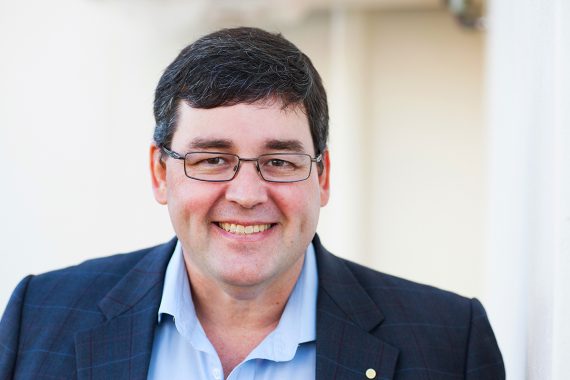Without a budget your future financial security could get lost.

I still remember the joys of my first job. It was the mid 90’s and I had just started as a graduate mining engineer in Broken Hill.
I had spent the previous 6 years at university between undergraduate and post graduate studies. Having a regular income, of was that wonderful.
I could afford to enjoy life. Enjoy it I did, while I was never a party animal, I enjoyed going out with the mates each weekend.
Bought myself a new car, a red Ford Futura. Plus, one or two new gadgets, TV, computer etc.
Throw in a holiday or two. Not having to worry about money because I was earning a good income.
Life was good.
Or so I thought.
It was a Christmas a couple of years after I started my working career. I was in Melbourne having a holiday. Trying to work out how I had ended up in financial difficulty.
I wasn’t helping things with the holiday itself going on to the credit card.
I had a car loan I was paying off.
A credit card with a steadily growing balance.
A debt with the ATO, my employer had taken out the wrong amount of tax. Not that it was their problem.
Here I was earning great money (for someone who was only starting their career) and I had nothing to show for it. I was living pay cheque to pay cheque.
Something had to change. But first I had to admit to myself what I was doing wrong.
I didn’t have a budget. I had no plan for my future. I was earning money and spending money and hoping that everything would be wonderful at the end of the day.
I had to change.
By the end of the Christmas holiday I had a plan in place. A budget which would allow me to have some financial security.
4 steps to create your budget
- Work out what I was earning – easy I just looked at my last payslip. It was consistent pay to pay.
- Work out my living expenses – no this wasn’t what I was spending each week, but what I had to spend each week. Fuel for the car, electricity, phone, food, rent, insurances etc. All the stuff that must be paid for each week.
- What did I owe – what where the debts owing, car loan, credit card and ATO and what the repayments for each were.
- Put the plan together – this was the fun bit
Putting the plan together
First step was to take my monthly income and subtract my living expenses and my debt repayments.
What was left was the money I had available to create the future I wanted.
The second step was to allocate this money to work for me. I allocated some to reducing my debt, some to saving for the future and what was left I could spend as I pleased.
I can’t remember what the actual numbers, but for illustrative purposes let say I was earning $4,000 per month. My monthly living expenses were $2,000 and I had $750 per month in repayments on my debts.
That meant I had $1,250 I could allocate at step 2. I may have put $500 a month into savings, paid an additional $250 a month off my debts and that would have left me with $500 to do with as I pleased each month.
No guilt or restrictions on what I spent that money on. If I didn’t spend it, I either added it to my savings or spent it the next month.
I just had a simple plan I followed each month. When I got paid, I would put my money for living expenses aside in one account, my savings into another and pay off some debts. I knew how much and where it was going. The rest I got to spend.
It was simple and straight forward.
A budget doesn’t have to be complex and it does not have to be a rigid document which doesn’t allow you to enjoy life. It must be a plan which will allow you to get ahead in life.
Uncertain whether you should have a budget? Don’t know where to start? Click here to get your free budget planner to help you get under way.


